Native to Central and South America, pumpkin is a low growing, vining groundcover plant with bell-shaped yellow flowers and shallow roots.
Pumpkins are members of the plant family cucurbit (Cucurbitaceae) that includes melons, cucumbers, squash, gourds, and zucchinis. Growing pumpkins is easy, and they are also easy to harvest, easy to transport, and store well for extended periods. An acre of ground planted in pumpkins will produce anywhere from 15,000 to 25,000 pounds of pumpkins.
Pumpkins flourish in USDA plant hardiness zones 3 through 9. According to the USDA, more than 67,000 acres of pumpkins were harvested in the US during 2016 which produced more than 16 million pounds of pumpkin!
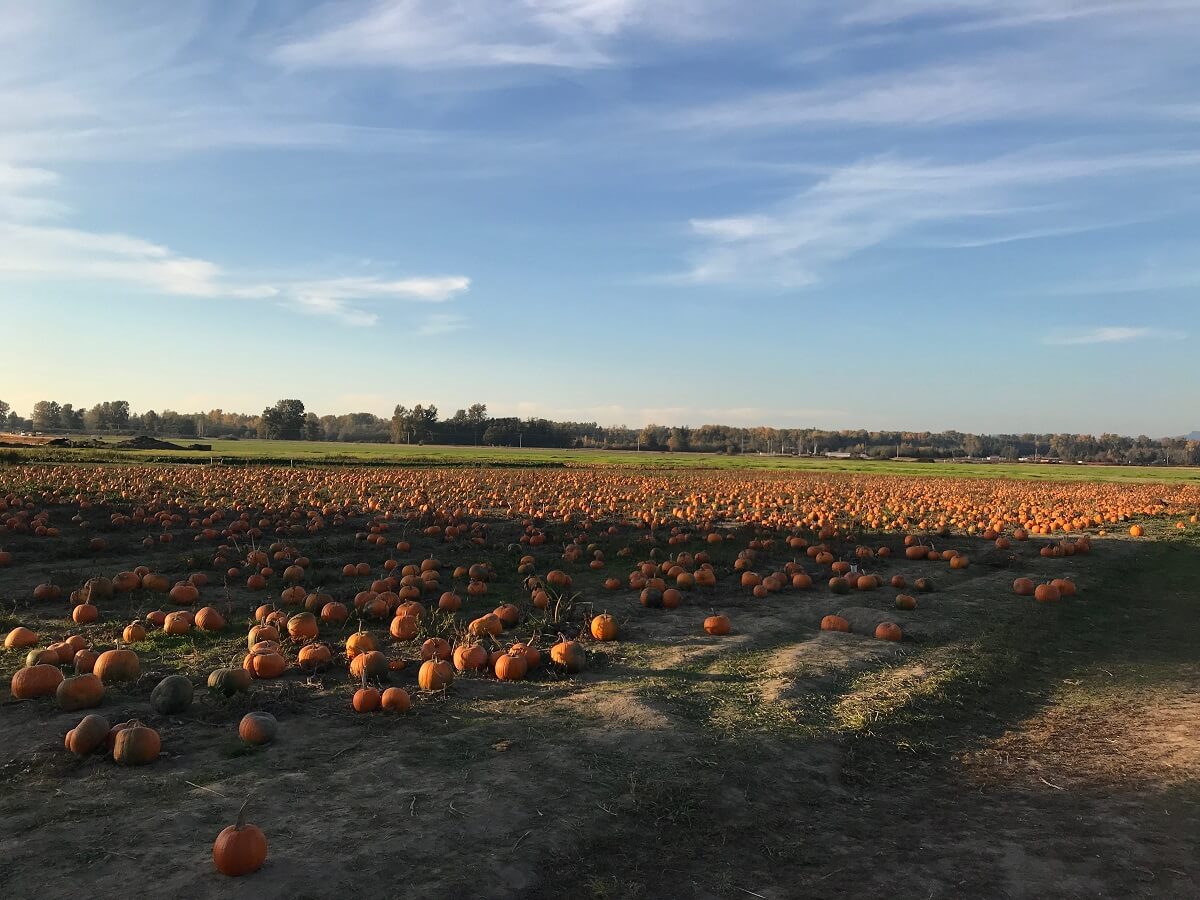
Experienced pumpkin growers suggest the profit in raising pumpkins is directly proportional to the management experience of the grower. If the crop is managed correctly with respect to disease and irrigation, pumpkins can provide more profit than most row crops.
Related Post: 20 Pumpkins You Should Have Planted This Year
Homesteaders find pumpkins to be an excellent cash crop to grow for the farmer’s market as many people buy them in the fall for eating as well as decorative purposes. Homesteaders who sell their produce at the farmers market report that white pumpkins, both miniature and full-sized, are always a sell-out. Novelty blue pumpkins, as well as the classic jack-o-lantern shaped orange pumpkins and smooth-skinned pie pumpkins, are also excellent money makers.
Planting Pumpkin Seeds
Pumpkins are large trailing plants that require plenty of room to grow. Most pumpkin varieties, even miniature ones, take up quite a bit of room. Growing pumpkins on the edge of the garden is the best way to allow them to spread out away from other vegetable crops.
Pumpkins are excellent companion plants for sweet corn, but avoid planting them next to potatoes. Pumpkins grow best in a full-sun location in an area with moist, but well-drained soil.
Prepare the planting area by working the ground to a depth of 12 inches, and removing rocks, roots, and weeds. Enhance the soil by adding generous amounts of aged herbivore manure: horse, cow, goat, llama, sheep.
Space seeds 18 inches apart in 3-foot wide rows. Sow pumpkins about 3 inches deep.
The pumpkin patch will be ready for harvest in 15 to 20 weeks when the vines and stalks are dry.
Watering Needs
Keep in mind, growing pumpkins will require lots of water to flower and produce fruit. Pumpkins have large leaves. If the leaves show any sign of wilting, water is required. If the leaves on the plant are allowed to wilt even slightly, the fruit will be small and stunted. Pumpkin plants require a minimum of one inch of water a week.
The Importance of Pollination
Pumpkins as well as squash and gourds, produce two kinds of flowers: male and female. Only the female flower will form fruit. The purpose of the male flower is to make pollen for the female flower.
Flowers open for one day only, and bloom in the early morning. During the plants brief flowering, insects visit to pollinate the pumpkin patch.
Pumpkins require many bee visits to obtain sufficient pollen to set fruit. If a pumpkin flower does not receive adequate pollen, it will fail to set fruit or the fruit will be small and stunted.
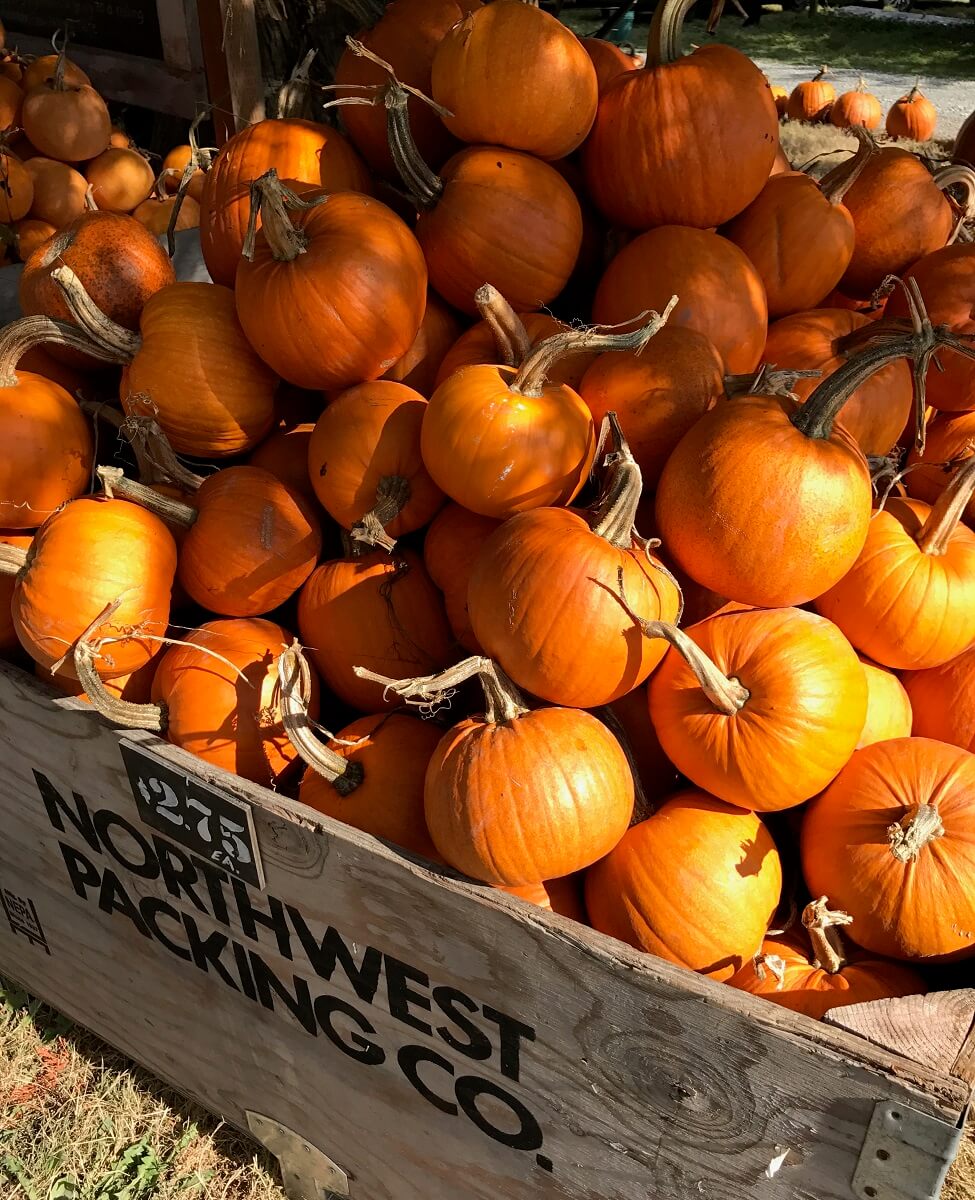
For an abundant crop of plump and pretty pumpkins, it is essential to encourage and support the pollination process. Experienced pumpkin growers advise that you will need at least two beehives per acre of pumpkin, gourd, or squash crop.
When growing pumpkins, the process is subject to the whims of nature. Bees do not like to fly when it is windy, cold, or rainy. If on the day the flowers open, not enough bees buzz by to pollinate the plants, the crop will produce small and malformed pumpkins. If the flowers open on a calm, bright, sunny morning, and there are plenty of bees in the neighborhood, expect an abundant crop.
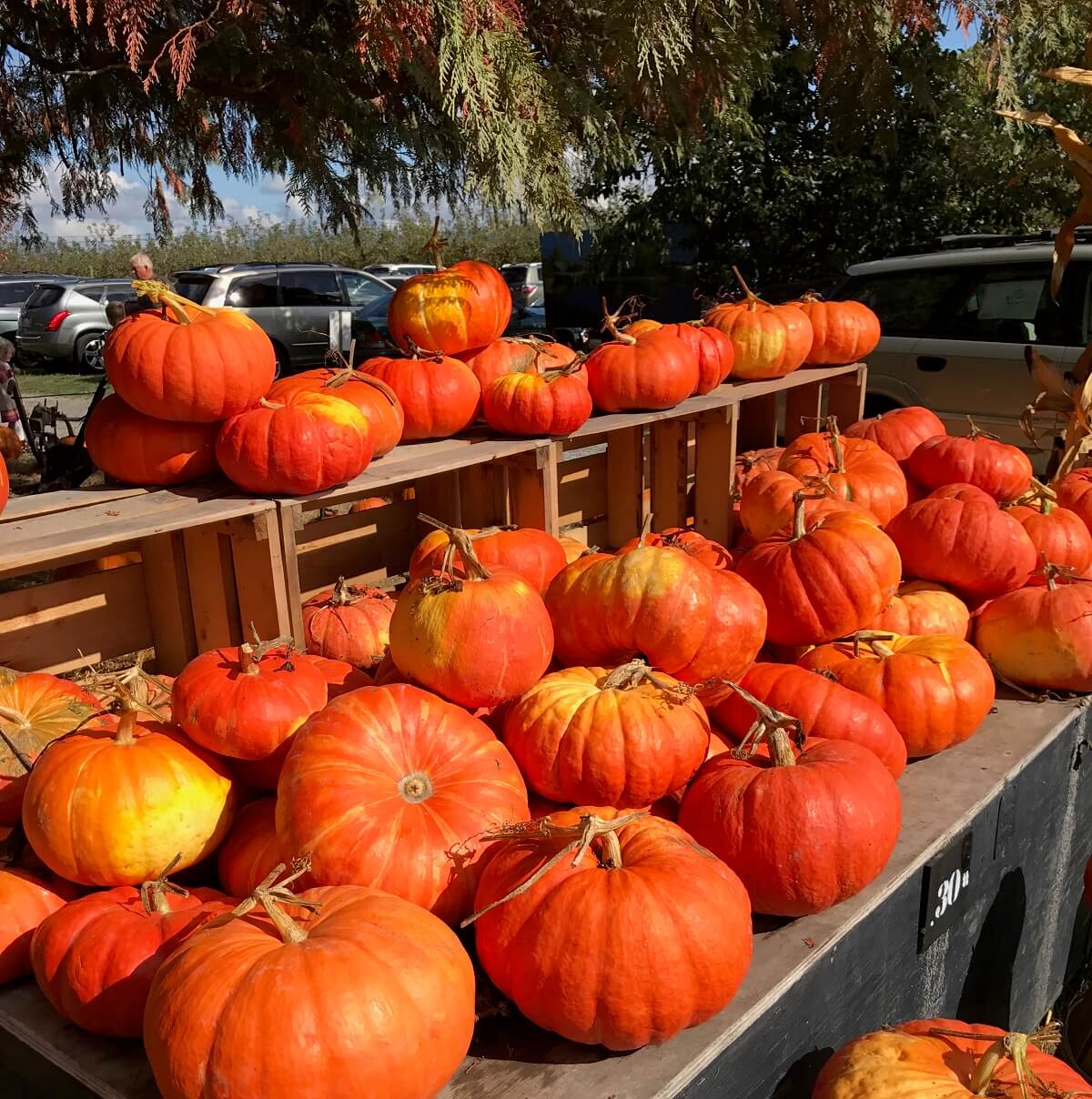
You can plant several varieties of pumpkins (or any squash for that matter) in the same patch. Even though they cross-pollinate, plants will produce fruit true to their seed. However, if you save some seeds from these cross-pollinated plants and plant them the following season, the fruit produced may reflect genetic deviance, and exhibit characteristics of multiple varieties.
Harvesting and Storing Pumpkins
When harvesting pumpkins, use a sharp knife to cut the vine and leave an inch or so of vine attached to the pumpkin to prevent damp rot.
Related Post: Winter Squash Harvest And Storage Tips
Pumpkins store well and retain freshness for several months when stored in a cool, dry place.
Pumpkin Varieties
When most folks visualize a pumpkin, they think of the familiar orange pumpkin traditionally used as a Halloween or Thanksgiving decoration, but did you know that pumpkins come in a diverse array of colors: orange, yellow, red, pink, green, white, brown, and blue? Lakota Blue is a favorite blue variety with firm and flavorful flesh perfect for making pumpkin pie.
Pumpkins also vary in size. There are miniature pumpkins, giant pumpkins, and every size in between. Some pumpkin varieties are tall and cylinder-shaped. Others are short and squatty.
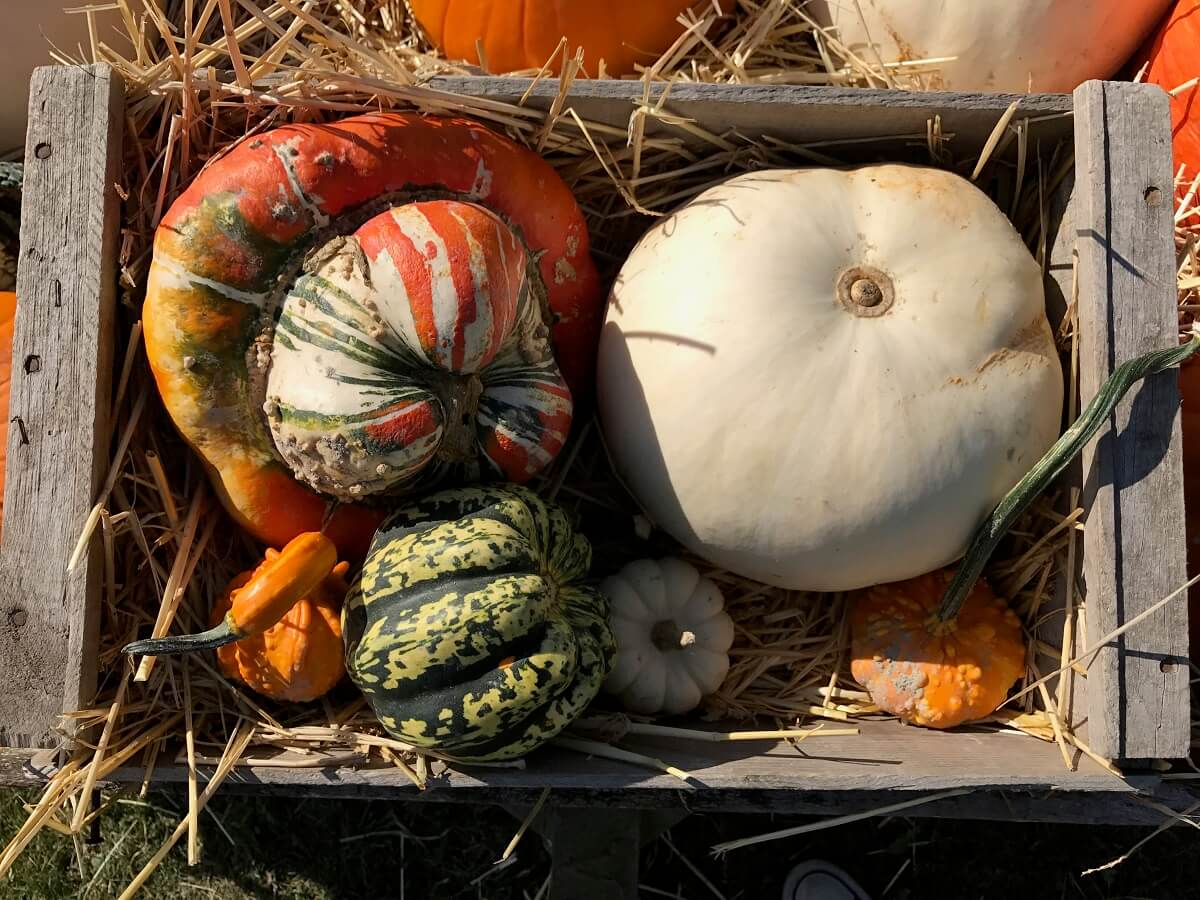
World records indicate that the largest pumpkin ever grown weighed more than 2,300 pounds. Favorite varieties of giant pumpkins include Big Max (300 pounds), Dill’s Atlantic Giant (1,000 pounds), and Big Moon (100 to 160 pounds).
White pumpkins are another of my favorite pumpkin varieties. Cook and puree the flesh for cream of pumpkin soup, or add it to oatmeal for a warming winter breakfast treat. Pureed white pumpkin is an excellent ingredient in custards, pies, and flan.
Related Post: 7 Fall Vegetables You Should Grow
Add small raw chunks of white pumpkin to stir fry dishes, or brush peeled pumpkin wedges with olive oil topped with a drizzle of honey, and bake until tender. Then serve as a tasty side dish with pork or chicken. Not only is white pumpkin flesh flavorful, but the smooth white skin is also perfect for painting or carving when using white pumpkins for holiday decoration.
Pumpkins also vary in sweetness. The ordinary bright orange pumpkin is the sweetest variety traditionally preferred in pies, sauces, soups, stews, muffins, and bread. The Cinderella pumpkin is also a favorite sweet pumpkin variety with its creamy custard-like consistency. It’s ideal for pumpkin pies and sweet treats. To learn even more about different pumpkins and their uses, check out this article.
Nutritional Benefits of Pumpkins
The leaves, flowers, pulpy flesh, and seeds of the pumpkin are all edible. Pumpkin is an excellent source of iron, vitamin A, vitamin B6, niacin, riboflavin, folate, thiamin, magnesium, potassium, phosphorus, and manganese. Pumpkin has only 30 calories in one-half cup.
As one of the oldest domesticated plants, pumpkins have been a food staple since 7500 BC. Pumpkin is a versatile and nutrient-rich vegetable found in pies, soups, stews, sauces, smoothies, butter, preserves, and hearty entrees.
Pumpkin leaves can be eaten raw in a salad or slaw; steam or blanch tender, young pumpkin leaves to bring out the flavor.
Pumpkin seeds are a wholesome snack when drizzled with a bit of olive oil and slow oven roasted. Sprinkle toasted pumpkin seeds on salads or add them to cookies, muffins, cakes, and trail mix.
Dehydrated Pumpkin Bites
Dehydrating pumpkin is a bit of a chore, but well worth the effort. Add chopped dehydrated pumpkin to muffins, sweetbreads, and salads, or mix with roasted nuts, raisins, and pumpkin seeds for a tasty and nutritious trail snack.
Ingredients
- 3 pounds of peeled pumpkin strips
- 2 cups honey
- 1 cup apple juice
- 1 cup orange juice
- 1 teaspoon ground cardamom
- 1 teaspoon cinnamon
- 1 cup freshly sliced ginger
Directions
- Cut pumpkin in wedges, removing seeds. Peel the wedges of pumpkin and ginger root. Cut into one-quarter inch thick strips.
- Place apple juice, orange juice, and honey in a heavy duty 2-quart saucepan. Stir well. Bring mixture to a low boil. Add cinnamon, cardamom, pumpkin, and ginger.
- Reduce heat and simmer until the pumpkin strips are translucent and barely fork tender. Do not overcook. Remove from heat.
- Place a drain rack or colander over a 2-quart bowl and drain pumpkin strips, reserving the honey and juice mixture.
- Place strips on racks in the dehydrator or on a tray in a low temperature oven to dehydrate.
- Dehydrated pumpkin and ginger store well in a tightly sealed, airtight container.
References:
- Pumpkin Facts, University of Illinois Extension Gardener’s Corner
- Growing Fresh Market Pumpkins, Squash, and Gourds, University of Wisconsin Extension
- Pumpkins: Background and Statistics, United States Department of Agriculture
- Pumpkins and More, University of Illinois Extension


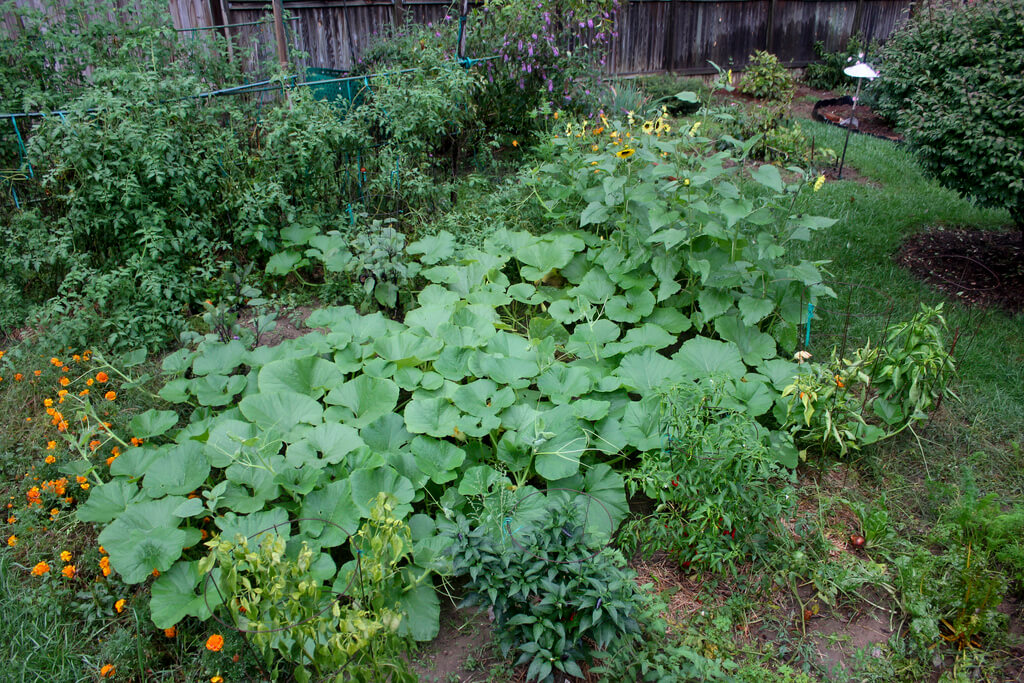
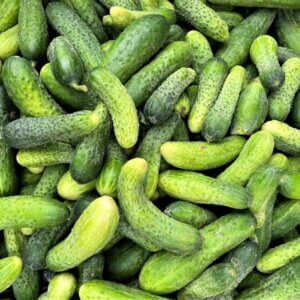
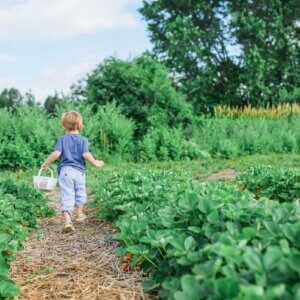


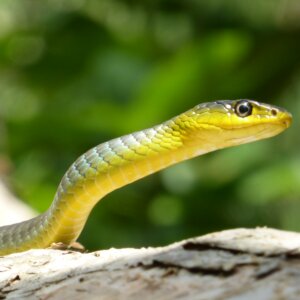
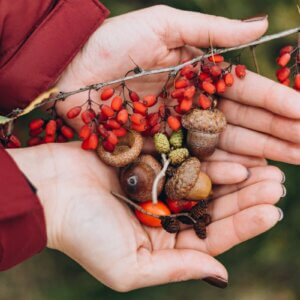


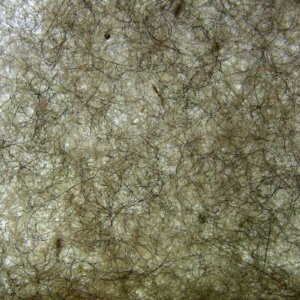

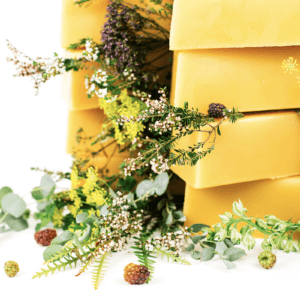
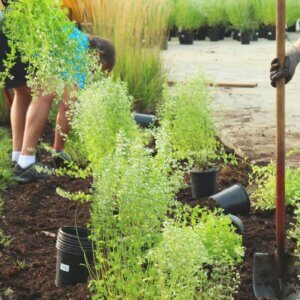

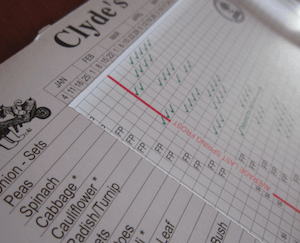
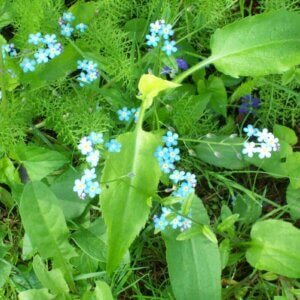





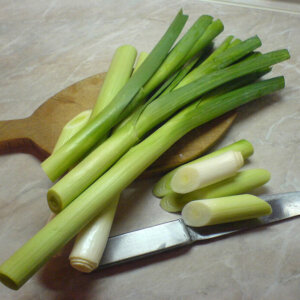
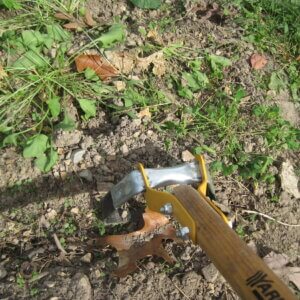

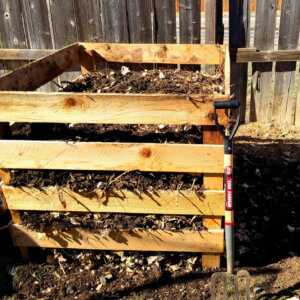
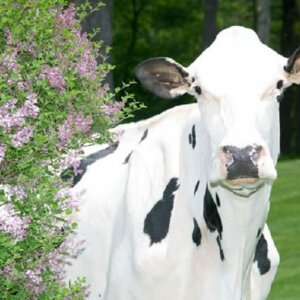
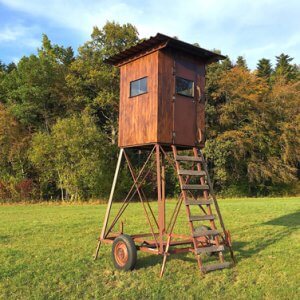
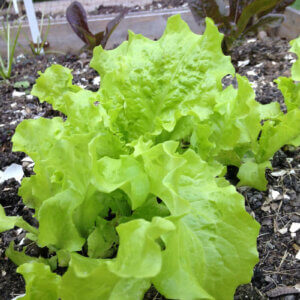
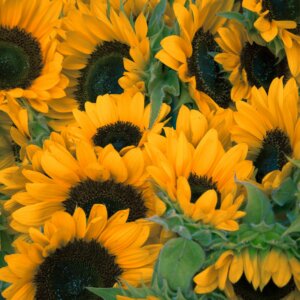



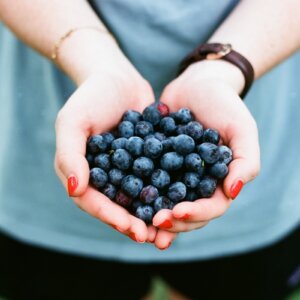
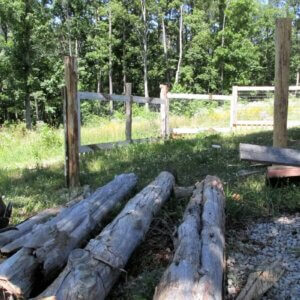
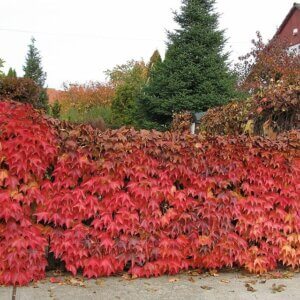
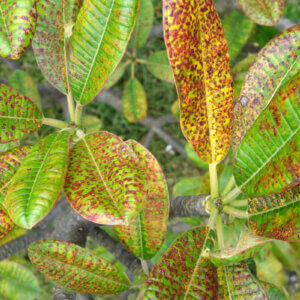

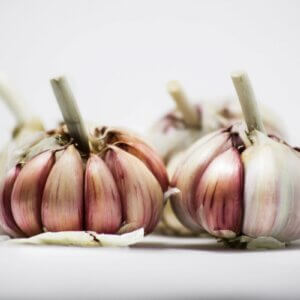


We tried growing pumpkins with little to no luck the past few years. Might have to give them another shot based on this articles advice!